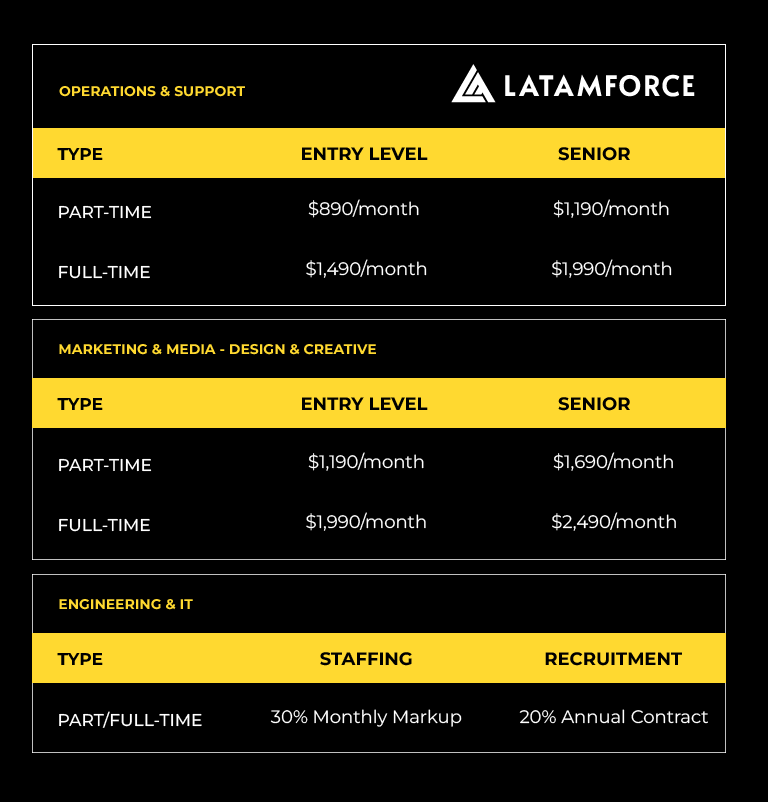From Freelancers to Nearshore Teams: When to Scale Your Remote Workforce
For many startups and growing companies, hiring freelancers is the first step toward building a remote workforce. It offers flexibility, fast onboarding, and lower commitment—ideal for testing ideas or filling short-term gaps. But as operations scale and business goals become more complex, relying solely on freelancers can limit growth, consistency, and collaboration. That’s when it’s time to evolve from a fragmented freelance model to a structured, scalable nearshore team.
Understanding when to make that shift is crucial. Freelancers are a great resource for isolated tasks, but they often operate independently, with limited integration into your internal culture or long-term strategy. They may be juggling multiple clients, working in vastly different time zones, or unavailable when you need urgent feedback. These issues become more evident when projects demand sustained collaboration, speed, and alignment with company vision.
As your remote needs grow—whether it’s expanding a product roadmap, launching new campaigns, or building features at scale—consistency becomes essential. A nearshore team offers that stability. Unlike freelancers, nearshore teams function more like in-house departments. They work within your processes, communicate in real time, and develop a shared understanding of your brand, systems, and customers.
LATAM has become a go-to region for companies making this transition. With skilled professionals in tech, design, marketing, and operations, businesses can build high-performing remote teams that are culturally aligned and operate in similar time zones. This alignment enables faster decision-making, more productive meetings, and better integration with internal teams.
Another key moment to move from freelancers to a nearshore team is when you’re ready to invest in knowledge retention. Freelancers often come and go, which means you risk losing valuable context with every project handoff. Nearshore teams, on the other hand, are built for continuity. Team members grow with your business, learn your workflows, and bring long-term value that compounds over time.
There’s also the matter of collaboration. Scaling a product or executing a campaign requires cross-functional teamwork. A freelance model tends to be fragmented, with each contributor working in their own lane. Nearshore teams, however, are built to collaborate—designers talk to developers, marketers sync with analysts, and everything moves faster because everyone is on the same page.
Finally, scaling to a nearshore team is not just about replacing freelancers—it’s about unlocking a new phase of your business. It’s a sign that you’re ready for strategic growth, that you value consistency, and that you want a team that’s invested in your mission. This model offers the flexibility of remote work with the cohesion of an in-house team.
If you’re feeling the growing pains of managing multiple freelancers or need a more structured, reliable remote workforce, it might be time to scale. Nearshoring to Latin America can provide the team you need to grow with confidence and clarity.
Curious about building your nearshore dream team? Schedule a call with us and take the next step in scaling your remote workforce.





